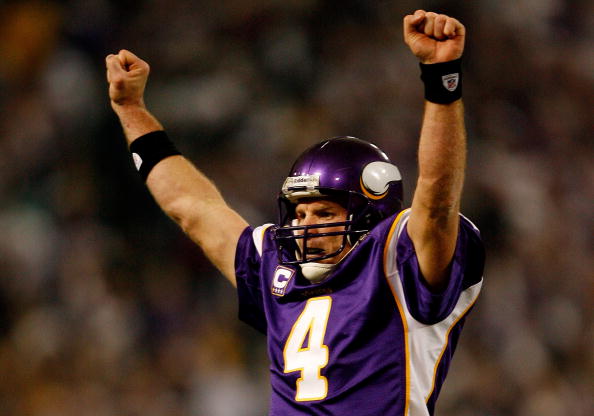A guide to options trading

What are options?
Options are a specific type of derivative instrument, meaning they derive value from their underlying asset. More specifically, they are a contract that gives buyers the right but not the obligation to buy or sell a security at a specified price at a predetermined time in the future. Options buyers are often charged an amount known as a premium by the sellers in order to trade the instrument. If market prices wind up being unfavourable to traders, they will often let the option expire worthlessly by simply not exercising the right, meaning the potential losses will not be higher than the premium. On the other hand, if the market moves in a favourable direction, then traders have the option to make use of the contract.
As such, options are considered powerful instruments as they can enhance a trader’s portfolio. This is done mainly through protection, leverage, and potentially added income. For instance, traders can use options as a type of hedge against a falling stock market, meaning they can limit any potential losses. In this way, options act similarly to an insurance policy.
Options can also be used for speculating. Speculation is what a trader believes will happen to the price direction of an instrument. If a speculator thinks that the price of a stock will rise in the future, they may buy a call option on said stock.
How options work
When it comes to options contracts and options trading, it is all about figuring out the probabilities of how prices will change in the future. The more likely something is to happen, the more expensive the option that takes advantage of that event.
Additionally, the less time there is until the contract expires, the less value an option will have. This is because there is less chance a price will move in a favourable direction as the option contract draws closer to its expiration date. As such, options are also known as a wasting asset – if you buy an option that is out of the money, the option will become less valuable after each day. As time is an important component of the value of an option, a one-month option is going to be less valuable than a three-month option. This is because, with more time on your side, the probability of a price moving in a favourable direction is higher.
Types of options
There are two main types of options contracts for people to choose from. These are calls and puts. A call option gives holders the right to buy an underlying asset. On the other hand, a put option gives the holder the right to sell the underlying asset.
Call options: Basically speaking, a call option is one that gives holders the right to buy the underlying asset at the strike price before or on the expiration date. Call options are usually used when traders anticipate the price of the underlying asset rising sometime in the future. A call option becomes more valuable as the underlying asset’s price rises, meaning it has a positive delta. A long call can be used to speculate on the rising price of an underlying asset since it has unlimited upside potential. The maximum loss is the premium already paid for the option.
Put options: A put option gives holders the right to sell the underlying asset at the strike price before or on the expiration date. Put options are generally used when traders expect the price of the underlying asset to decline sometime in the future. A long put is therefore a short position in the underlying asset. As the put gains value as the underlying asset’s price falls, they have a negative delta. These puts can be bought as a sort of insurance, providing a price floor for traders to hedge their trades.
How to trade options
Options can be traded through an online brokerage firm, though traders may have to be approved first before they can begin trading. After they have access to the instruments, there are a few things they may choose to do:
- Sell (short) calls
- Buy (long) calls
- Sell (short) puts
- Buy (long) puts
People who buy options are also known as holders. Those who sell options are called writers. There is an important difference between the two types of people:
- Put holders and call holders are not obligated to either buy or sell. They instead have the choice to exercise the option. This helps limit the risk of buyers of options, so the only thing spent is the premium.
- Put writers and call writers are instead obligated to buy or sell if the option expires in the money. This means that a seller may be required to make good on their promise to sell or buy. There is also the implication that option sellers have exposure to more risks. This means writers can wind up losing more than just the price of the options premium.
Trading options typically come with some kind of commission. This is often in the form of a flat fee plus a smaller amount per contract.
In the money and out the money
You may sometimes hear these words referring to options when trading. An option is considered in the money (ITM) if it has intrinsic value. So, for call options, this means that the market price of the underlying asset is higher than the strike price. For put options, this means the market price of the underlying asset is lower than the strike price. In both of these cases, the option would result in a profit.
An option is considered out of the money (OTM) when it has no intrinsic value. For call options, this means the market price of the underlying asset is lower than the strike price. For put options, this means the market price of the underlying asset is higher than the strike price. In these cases, exercising the option would result in a loss, so it has no immediate value.
Options that are at the money (ATM) have a strike price that is approximately equal to the current market price of the underlying asset. In this case, the option has neither intrinsic value nor immediate profit potential if it ends up being exercised.






